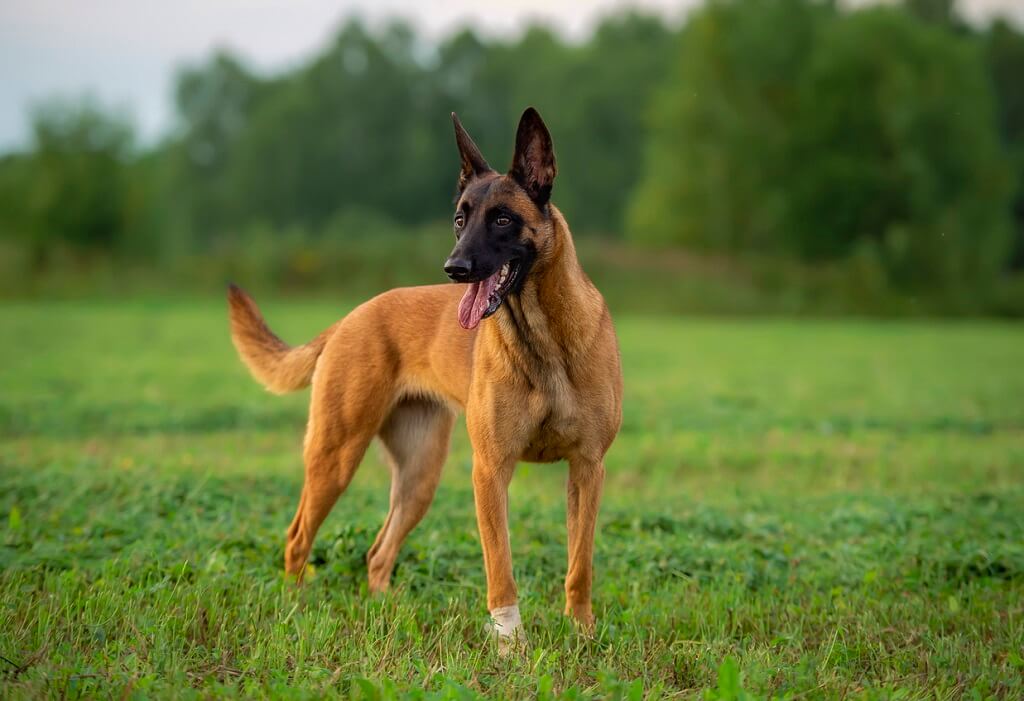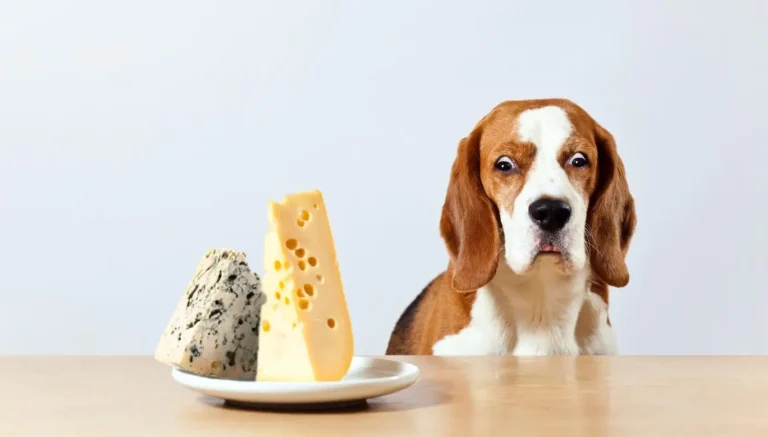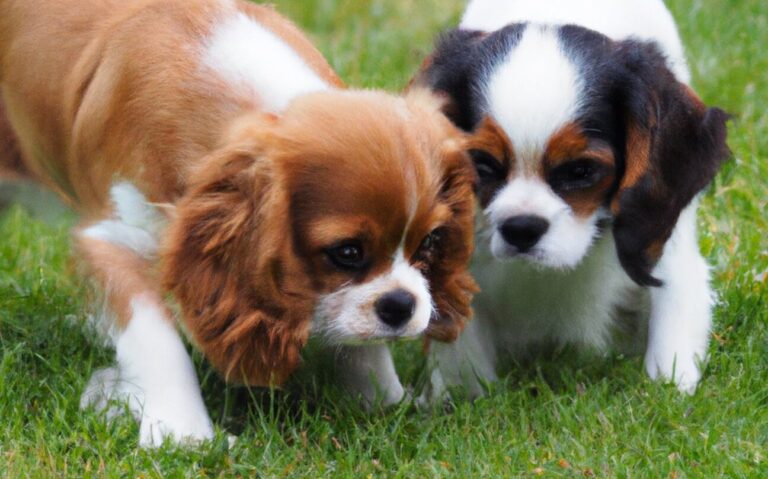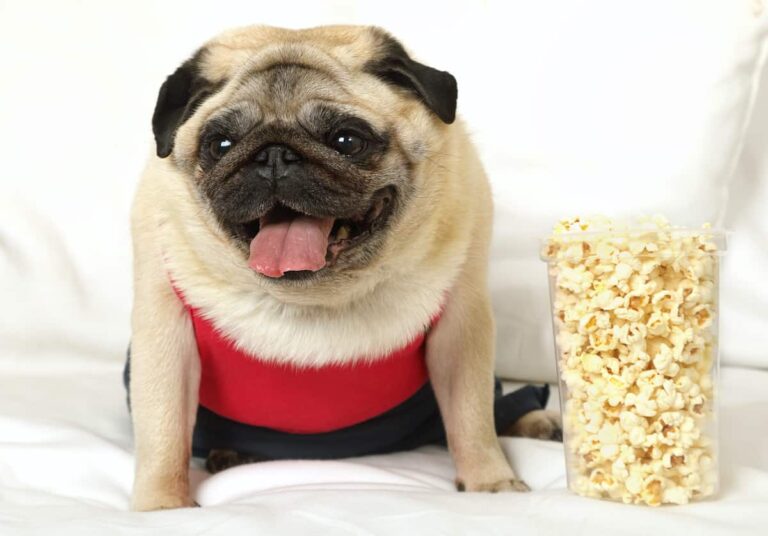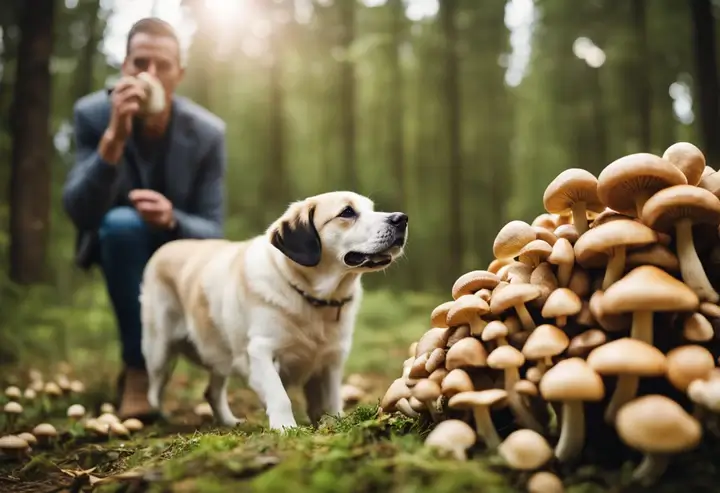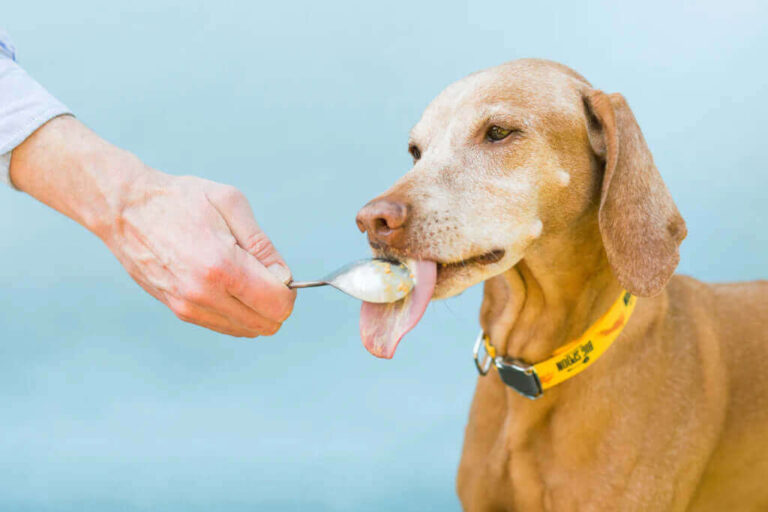Belgian Malinois Dog: Ultimate Guide to the Working Wonder
Welcome to the definitive guide on the Belgian Malinois dog breed. As a seasoned dog expert, I’m thrilled to share my knowledge about these remarkable canines. Whether you’re considering adding a Belgian Malinois to your family or simply curious about this impressive breed, you’re in for a treat. Let’s dive into the world of these intelligent, loyal, and highly energetic dogs.
Contents
What is a Belgian Malinois?
The Belgian Malinois, pronounced “MAL-in-wah,” is a breed that commands attention. These dogs are often mistaken for German Shepherds, but they’re a distinct breed with unique characteristics and charm.
Belgian Malinois Dog Breed Specification
| Height | 22-26 inches |
| Weight | 40-80 pounds |
| Lifespan | 14-16 years |
| Breed group | Herding |
| Shed level | Moderate |
| Temperament | Loyal |
| Energy level | Hyper |
| Common health concerns | Hip and elbow dysplasia, cataracts, progressive retinal atrophy |
Origin and History
The Belgian Malinois hails from Malines in Belgium, where they were originally bred as herding dogs. Their journey began in the late 1800s when Belgian shepherds sought to create the ideal working dog. The result was four varieties of Belgian Shepherd Dogs, with the Malinois emerging as one of the most popular.
These dogs quickly proved their worth beyond the pastures. Their intelligence, agility, and work ethic made them invaluable assets in various roles, from police work to military operations. Today, the Belgian Malinois excels in working roles and as a devoted family companion.
Physical Characteristics
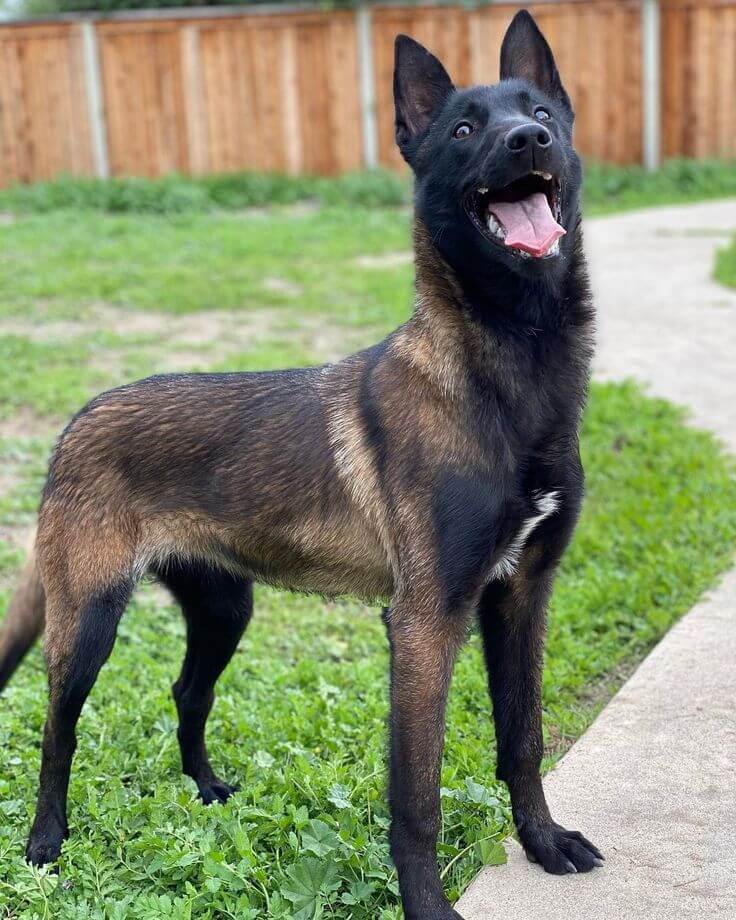
Size and Weight
Belgian Malinois are medium to large-sized dogs with a strong, well-muscled build. Males typically stand 24-26 inches tall at the shoulder and weigh between 60-80 pounds. Females are slightly smaller, standing 22-24 inches and weighing 40-60 pounds. Despite their imposing presence, they move with grace and agility that belies their size.
Coat and Colors
One of the most striking features of the Belgian Malinois is their short, straight coat. It’s dense and weather-resistant, perfect for a dog originally bred to work outdoors in various conditions. The base color ranges from a rich fawn to mahogany, with a black overlay on the body and a black mask on the face. This distinctive coloration gives them an intense, alert expression that’s hard to forget.
Belgian Malinois vs. German Shepherd: Key Differences
While often confused, the Belgian Malinois and German Shepherd have several distinguishing features:
- Build: Malinois are generally leaner and more agile, while German Shepherds have a more muscular, substantial build.
- Coat: Malinois have a shorter coat with less color variation, whereas German Shepherds can have longer coats with a wider range of colors and patterns.
- Energy levels: Both breeds are energetic, but Malinois tend to have even higher energy levels and exercise needs.
- Temperament: While both are intelligent and trainable, Malinois are often more intense and have a stronger drive to work.
Belgian Malinois Temperament and Personality
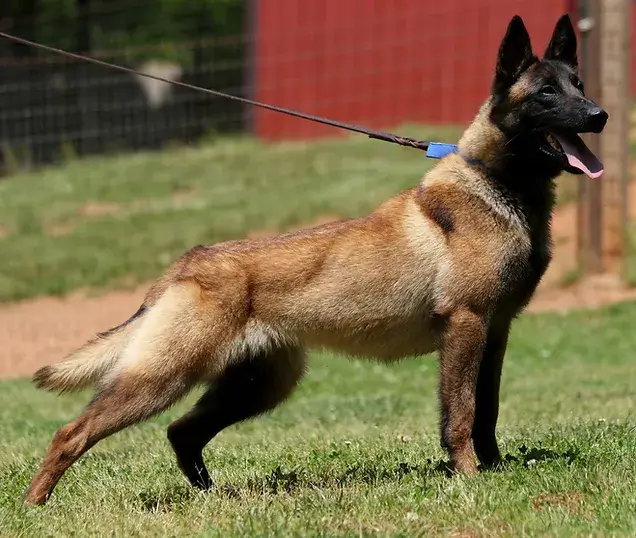
Understanding the Belgian Malinois temperament is crucial for anyone considering this breed. These dogs are not your average lap dogs – they’re working dogs through and through, with a personality to match.
Intelligence and Trainability
Belgian Malinois are renowned for their exceptional intelligence. They’re quick learners eager to please, making them highly trainable. However, this intelligence has a caveat – they need mental stimulation to thrive. A bored Malinois can quickly become a destructive Malinois.
Training should start early and be consistent. These dogs excel in obedience, agility, and task-oriented activities. They have an innate desire to work and learn, making them ideal partners for experienced dog owners who can provide the right balance of challenge and reward.
Energy Level and Exercise Needs
If you’re looking for a couch potato, look elsewhere. Belgian Malinois are dynamos of energy. They require significant daily exercise to stay happy and healthy. We’re talking about at least an hour of vigorous activity every day, and that’s just the baseline.
Ideal activities for a Malinois include:
- Long runs or jogs
- Hiking
- Agility courses
- Frisbee or fetch
- Swimming
- Structured training sessions
Remember, a tired Malinois is a good Malinois. Without proper outlets for their energy, these dogs can become anxious, destructive, or even aggressive.
Loyalty and Protective Instincts
When it comes to loyalty, few breeds can match the Belgian Malinois. They form intense bonds with their families and fiercely protect their loved ones. This loyalty, combined with their natural alertness, makes them excellent watchdogs.
However, their protective instincts need to be properly managed. Early socialization is crucial to ensure they can distinguish between genuine threats and normal situations. A well-socialized Malinois can be confident and composed in various settings while remaining attentive to their surroundings.
Caring for a Belgian Malinois
Bringing a Belgian Malinois into your life is a significant commitment. These dogs require dedicated care to thrive and reach their full potential.
Nutrition and Diet
A balanced, high-quality diet is essential for maintaining a Belgian Malinois’s health and energy levels. As active working dogs, they have higher caloric needs than many other breeds of similar size. Look for dog foods that are:
- High in protein to support muscle maintenance
- Rich in healthy fats for sustained energy
- Supplemented with glucosamine and chondroitin for joint health
The amount of food will vary based on the dog’s age, size, and activity level. Always consult your veterinarian to determine the best feeding regimen for your Malinois.
Grooming Requirements
Good news for those who dislike long grooming sessions – the Belgian Malinois has relatively low grooming needs. Their short, dense coat is designed to be low-maintenance. However, they shed, and regular brushing can help manage loose hair and keep their coat healthy.
Grooming essentials for a Belgian Malinois include:
- Weekly brushing (more during shedding seasons)
- Occasional baths (only when necessary)
- Regular nail trimming
- Dental care, including teeth brushing
- Ear checks and cleaning to prevent infections
Health Concerns and Lifespan
Common Health Issues
While generally healthy, Belgian Malinois can be prone to certain health issues:
- Hip and elbow dysplasia
- Progressive retinal atrophy
- Cataracts
- Pannus (chronic superficial keratitis)
- Epilepsy
Regular veterinary check-ups and genetic testing can help catch and manage these conditions early. Responsible breeding practices are crucial in minimizing the risk of inherited health problems.
Average Lifespan
With proper care, Belgian Malinois typically live between 10-14 years. Some may even reach 16 years or beyond. Their longevity is a testament to their robust health, but it also means a long-term commitment for potential owners.
Is a Belgian Malinois Right for You?
Before you fall head over heels for those alert brown eyes and pricked ears, it’s crucial to consider whether a Belgian Malinois aligns with your lifestyle and capabilities as a dog owner.
Ideal Living Conditions
Belgian Malinois are adaptable, but they thrive in environments that provide:
- Ample space to run and play
- Secure fencing (they can be escape artists)
- Access to regular outdoor activities
- A calm, structured home environment
While they can adapt to apartment living if their exercise needs are met, they’re generally better suited to homes with yards.
Compatibility with Children and Other Pets
When properly socialized, Belgian Malinois can be excellent family dogs. However, their high energy and herding instincts may be unsuitable for families with very young children. They can inadvertently knock over or nip at small children in their exuberance.
With other pets, early socialization is key. If introduced properly, they can get along well with other dogs and even cats, but their high prey drive may make them unsuitable for homes with small pets like rabbits or guinea pigs.
Time and Commitment Requirements
Owning a Belgian Malinois is not a part-time job. These dogs require:
- Extensive daily exercise
- Regular mental stimulation
- Consistent training
- Lots of attention and interaction
If you’re away from home for long periods or can’t dedicate significant time to a dog, a Belgian Malinois may not be the right choice.
Training Your Belgian Malinois
Training is not just important for a Belgian Malinois – it’s essential. These dogs need structure, consistency, and challenges to thrive.
Basic Obedience Training
Start with the basics:
- Sit, stay, come
- Leash training
- Crate training
- House training
Use positive reinforcement techniques. Belgian Malinois are sensitive and respond best to rewards-based training rather than harsh corrections.
Socialization Importance
Expose your Malinois to various people, animals, and situations from a young age. This helps prevent fear or aggression issues later in life. Socialization should include:
- Meeting different types of people (children, men with beards, people with hats, etc.)
- Encountering various animals
- Experiencing different environments (urban areas, parks, etc.)
- Exposure to different sounds and experiences
Advanced Training and Working Roles
For those who want to take training further, Belgian Malinois excel in:
- Agility courses
- Scent work
- Search and rescue
- Protection work
- Competitive obedience
Many Malinois also serve in police and military roles, demonstrating their versatility and work ethic.
Belgian Malinois in Popular Culture
Famous Belgian Malinois Dogs
Belgian Malinois have made their mark in various fields:
- Cairo: The Navy SEAL dog involved in the operation against Osama bin Laden.
- Conan: A military working dog honored by President Trump for his role in the Barisha raid.
- Rocket: A search and rescue dog who worked in the aftermath of the 2011 Japan earthquake and tsunami.
Roles in Military and Law Enforcement
Belgian Malinois are increasingly preferred over German Shepherds in many police and military units due to their:
- Agility and speed
- Intense focus and drive
- Ability to work in extreme conditions
- Lower incidence of hip problems compared to German Shepherds
Their contributions in these fields have raised the breed’s profile, though it’s important to remember that not all Malinois are suited for such intense work.
Adopting a Belgian Malinois
If you’ve read this far and feel a Belgian Malinois might be right for you, the next step is finding the right dog to bring home.
Finding Reputable Breeders
When looking for a breeder:
- Seek recommendations from breed clubs or trusted veterinarians
- Visit the breeder’s facility in person
- Ask for health clearances for both parent dogs
- Observe the puppies and their parents for temperament
- Be prepared to answer questions – good breeders want to ensure their puppies go to suitable homes
Rescue Organizations and Adoption Tips
Consider adoption! Many Belgian Malinois end up in shelters or rescue organizations due to owners underestimating their needs. When adopting:
- Research breed-specific rescue organizations
- Be patient – finding the right match may take time
- Be honest about your lifestyle and experience level
- Consider adopting an adult dog, who may have lower energy levels and established training
Frequently Asked Questions About Belgian Malinois
Are Belgian Malinois good pets?
Belgian Malinois can make excellent pets for experienced dog owners. They are intelligent, loyal, and highly trainable, but they also require ample mental and physical stimulation. With proper training and an active lifestyle, they thrive as loyal family companions.
Why are Belgian Malinois so expensive?
Belgian Malinois are often expensive due to their high demand in specialized roles, like police and military work, along with extensive training costs and selective breeding for specific qualities. Their skills and abilities make them a premium choice for these demanding jobs.
Are Belgian Malinois good with cats?
With early socialization, Belgian Malinois can coexist peacefully with cats, though their strong prey drive can make this challenging. It’s essential to introduce them carefully to household cats, supervise interactions, and reinforce calm behavior to foster harmony.
Why are Belgian Malinois so special?
Belgian Malinois are celebrated for their incredible agility, intelligence, and unwavering loyalty. They excel in roles that require quick thinking, physical endurance, and obedience, making them a top choice for search and rescue, police work, and competitive sports.
Q: Are Belgian Malinois good family dogs?
A: They can be, with proper training and socialization. However, they’re best suited for active families with older children.
Q: How much exercise does a Belgian Malinois need?
A: At least 1-2 hours of vigorous exercise daily, plus mental stimulation.
Q: Are Belgian Malinois aggressive?
A: Not inherently, but without proper training and socialization, they can develop aggressive tendencies.
Q: Can Belgian Malinois be left alone?
A: They don’t do well when left alone for long periods. They need regular interaction and stimulation.
Q: Are Belgian Malinois easy to train?
A: They’re highly intelligent and trainable but require an experienced, consistent trainer.
Conclusion
In conclusion, the Belgian Malinois is an exceptional breed that offers unwavering loyalty, incredible intelligence, and an unmatched work ethic. However, they’re not for everyone. They require a committed owner who can provide the exercise, mental stimulation, and training they need to thrive. If you can meet their needs, you’ll find in the Belgian Malinois a devoted companion, a fierce protector, and a dog that will continually amaze you with its capabilities.
- Golden Retriever Pros and Cons: What Every Pet Parent Should Know - 15 September 2025
- Cane Corso Dog Breed: Health, Care, and Lifespan - 14 September 2025
- Catahoula Leopard Dogs: Description, Temperament, Lifespan, & Facts - 21 July 2025

